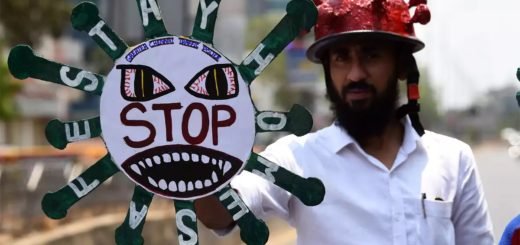Internal migration and covid-19 in India
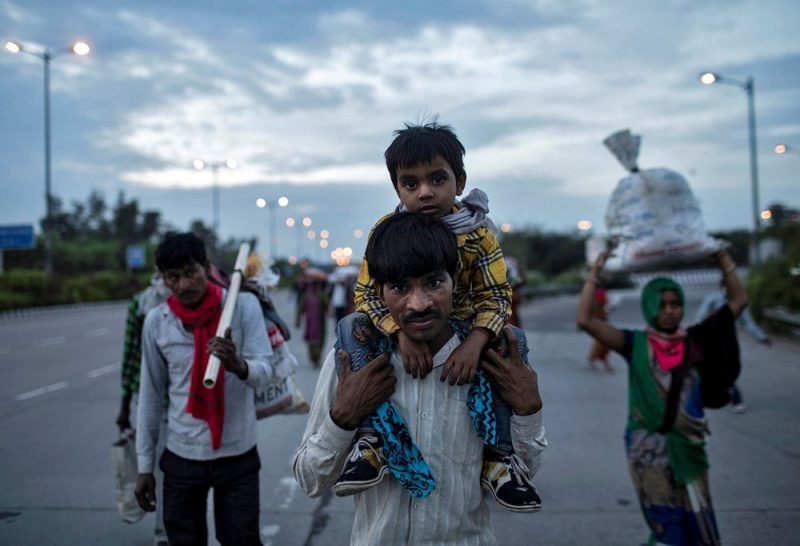
Migration mainly helps in the smooth flow of the global economy. But the uncertain spread of the deadly virus COVID-19 has put a stop to it.
Several nations have now implemented travel restrictions related to the coronavirus and border shutdowns, making an exceptional impact on mobility. COVID-19 likewise represents a grave danger to the numerous individuals who were struck among home and their destination when it spread – and are presently living in packed refugee camps where the expression “social removing” conveys little importance.
As per the estimation, migrants contribute about 10% of worldwide GDP. Numerous individuals who decide to leave their homes aren’t even guaranteed any sort of employment. Rather, they’re escaping from clashes and poverty. These individuals frequently assimilate and add prosperity to their new homes. Enormous numbers of them are stuck in travel and they are vulnerable to COVID-19.
The principles of free migration are revered in statements (d) and (e) of Article 19(1) of the Indian Constitution and assure all of the citizens the fundamental right to move liberally all through the region of India, just as dwell and settle in any region of India. This is something worth being thankful for, as research demonstrates that internal migration supports the economy. This development is known to improve family units financial status, and advantages both the locale that individuals relocate to and where they move from. Over the creating scene, financial development and combination have been inseparably connected with a sudden rush in domestic migration
Michelle Bachelet, Chief of UN Human Rights said that she was afflicted by the situation of a large number of internal migrants distressed by the unexpected declaration of a lockdown in India. She even decided to welcome some subsequent measures to address their circumstance yet noticed that unavoidable challenges still remain. After the announcement of the lockdown to restrain the spread of COVID-19, many destitute and indigent migrants had no work to do and didn’t have the capacity to pay for their lease and food. Without the capacity to continue themselves in urban centres and considering the practically complete closedown of public transportation, a huge number of migrant men, women with their kids had to walk many kilometres attempting to arrive at their towns and home States. Some have passed on making the excursion. ng to arrive at their towns and homes. Some have even passed on making their way back.
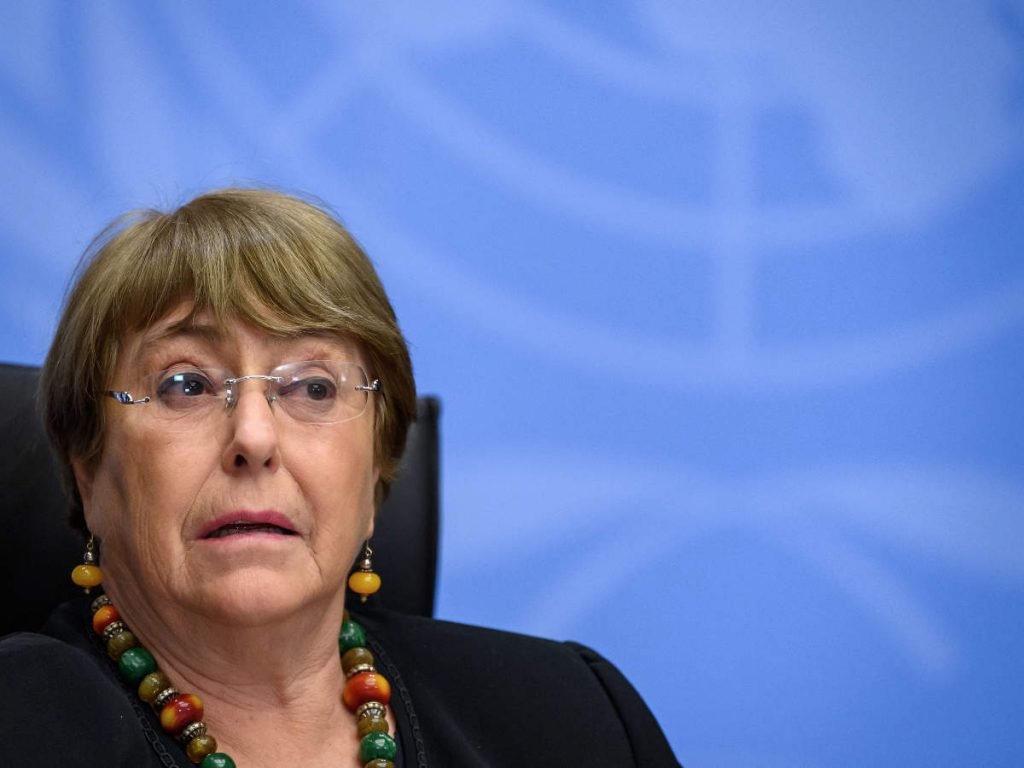
The Government has taken various measures to address the circumstance, for example, guaranteeing the distribution of essential commodities such as food services on a huge scale, pressing managers to pay wages and landowners to forgo rents. “Notwithstanding all these huge endeavours, all the more should be done as the human catastrophe keeps on unfurling before our eyes,” the High Commissioner said. Extraordinary Measures ought to likewise consider the specific circumstance of vagrant ladies, who are among those most economically vulnerable and affected by the circumstance.
Images of a huge number of Indian migrant labourers from a few states walking for a significant distance and miles on highways have been inundating papers and TV screens for quite a long time. Baggage perched on their heads, elderly people have been struggling, small kids in their arms and the migrants are escaping in enormous numbers to their native towns. The grievous mass migration was activated by the 21-day lockdown which was imposed to control the spread of the coronavirus. The process of migration has been lethal for a few. A few migrants have even lost their lives—around 22 of them, however, the actual tally might be a lot higher. One 39-year-old, who set off by walking from Delhi to his old neighbourhood in Madhya Pradesh, collapsed and passed away in the wake of walking for around 200 kilometres. He had worked at a café in Delhi that shut because of the spread of COVID-19. Another migrant, who had been working in a restaurant in Delhi that could just have one meal in two days, told a columnist wryly that “If coronavirus doesn’t kill us, lack of food will!”
The Economic Survey of India of the year 2017 appraisals that the migration of people among the states in India was around 9 million annually somewhere in between 2011 and 2016, while the census of 2011 pegged that the number of internal migrants in the nation (representing inter and intra-state development) at a staggering 139 million, as indicated by a report by the World Economic Forum.
During this pandemic, many of the people are away from their families as they migrated for earning for their families. There is a concept of migration termed as “Transnational families” in which the member of the families migrate internationally across borders to earn a better livelihood. Similarly, this concept can be related to the present situation in India wherein members of many families are struck across states borders where they used to work to earn their livelihood. The families are worried about their members struck across state borders and they are facing various challenges to survive such as lack of money, food and shelter is a problem and also since the earning member of the family has no work to do they don’t even have money to send to their families which has been a huge problem.
A large portion of these poor migrants are daily wage labourers who are presently jobless as organizations and businesses have closed down. Without money and jobs, and deprived of any nourishment, reserve funds, or safe house in huge urban communities, they are very impatient and eager to go back to their towns. Be that as it may, with railroad and transport administrations suspended in the midst of the lockdown, there were hardly any choices other than basically getting together and attempting to walk back home. Many of them were sent back from the borders by lathi-wielding cops for disregarding standards for social distancing in the midst of the lockdown. Some have even been showered by some toxic bleach disinfectant which has been used to clean transports.
As the humanitarian emergency unfurls, the frightening predicament of the migrant workers will endure to the surface. With the help of media channels and various common societies raising a shout, transports were then finally called and arranged so that the migrants can return back to their homes. State governments, then, are scrambling, regularly in partnership with local associations, to give rations and safe houses to the migrants and their families.
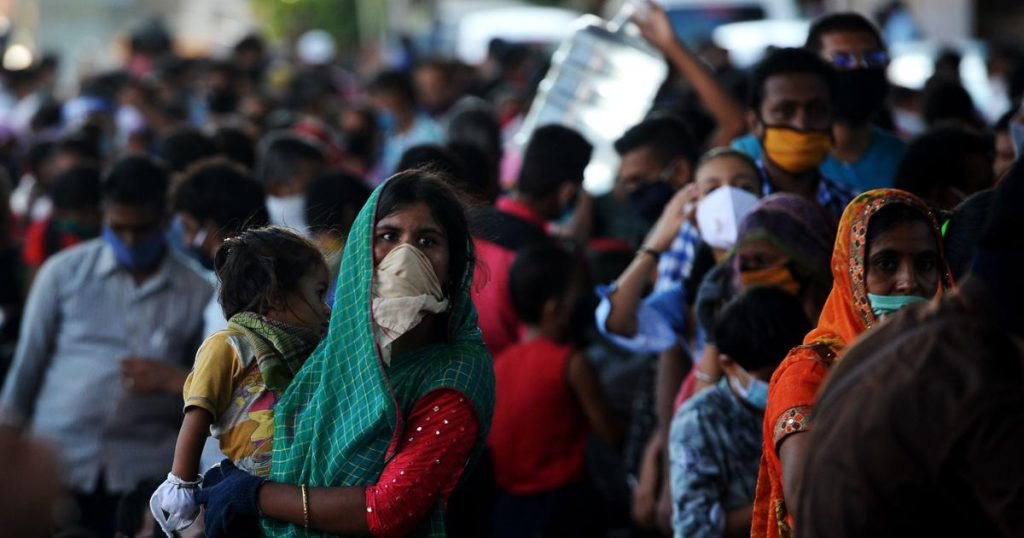
Our impotence of viewing these migrants as multifaceted humans with complicated demands and requests isn’t novel to the current emergency in which, the response of lockdown by the Indian government to fight the virus of Covid-19 has left the migrant workers stranded and helpless. It describes a great part of the Indian state’s reaction to the internal migrants, who have been involved in with through the perspective of poverty instead of an inclusive perspective on their social, financial, and political lives. Indeed, even in the current reaction to swarms of migrants attempting to make it back home, the automatic response has been to give them food, nourishment, shelter and some money. There is little affirmation that much like we all in the hour of such unrest as well as uncertainty, the migrant workers might be inspired to look for comfort with their families at home. The insufficiency of the government’s reaction and the imperativeness of the circumstance must lead us to return back to our assumptions about the migrant workers. Just with a superior comprehension of their insubordination of the lockdown would we be able to hope to stay away from a rehash of the scenes that have been happening in urban areas across India.
It isn’t just the loss of the work that migrants are facing but they are also anxious about being separated from their families at the time of such a pandemic. In the city of Gurdaspur, Punjab, regardless of being given affirmations of being provided with food as well as a safe house, almost 5,000 of the city’s 15,000 migrant workers have strolled back to their homes in Bihar and UP. Some of the migrants want to go back to take care of their families while others want to go back to relieve their families from the feeling of fear. The virus has been seen as the problem of urban which has been brought in the nation by the international migrants which are highly privileged towns in the migrant-sending states are thought of as being more safer and secure than urban communities and most of them just want to be on the safer spot. While other migrants want to refrain from the possibility of not being able to go back home at all. They have the apprehension that if they might not go back home and get contracted from the virus then they will never be able to go back because of the disease and the or the problems that will happen in the coming months.
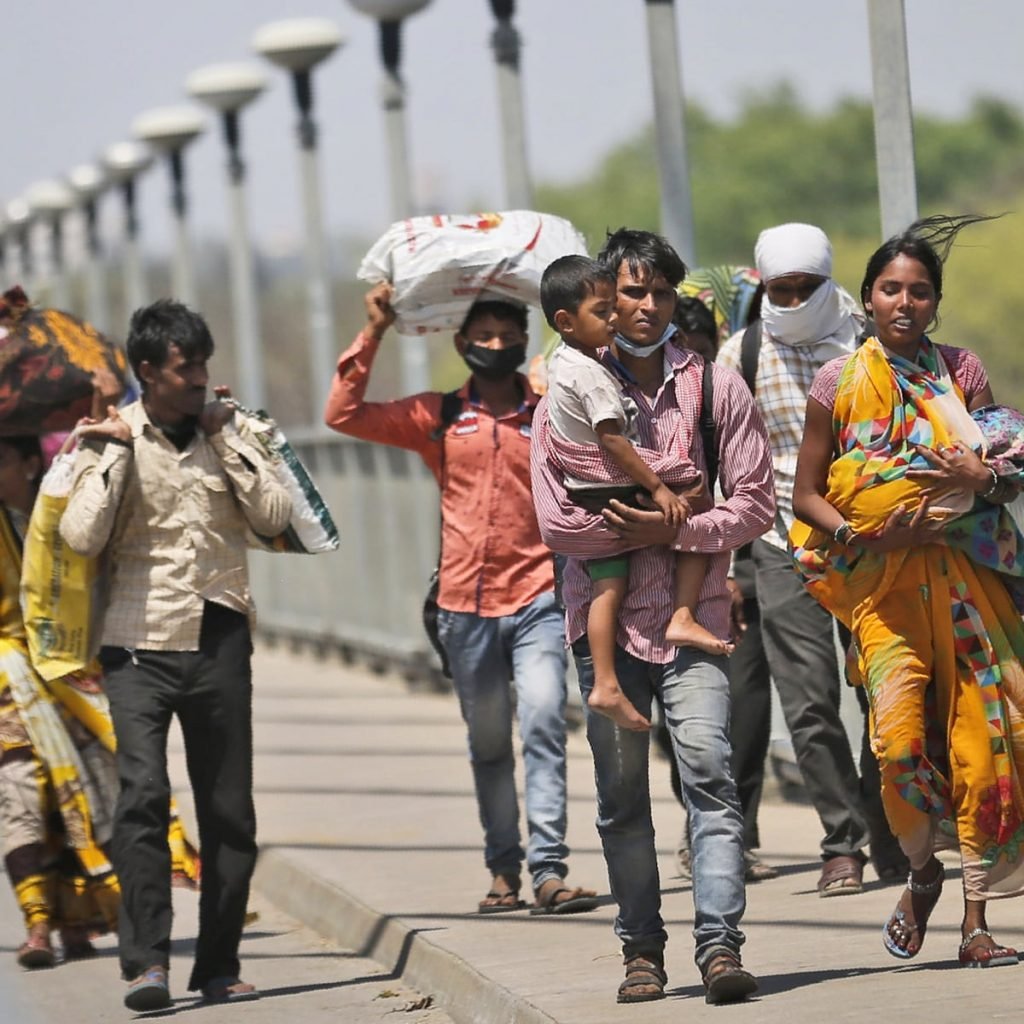
The Indian state seems to have been found napping by the purpose and number of vagrant workers who need to get back. The uncoordinated and abrupt responses by the states’ government have mainly been driven by its comprehension of what poor workers need and need. The reaction has mainly been concerned about two things: supplying food for the migrant labourers and providing them with some safe place temporarily to reside till the time of the pandemic and mainly averting them from going back home, in case they spread the infection in the hinterland. The underlying assurances by some of the state governments to distribute food and provide the migrants’ accommodations which are rent-free for them did little to mitigate the worries of the migrant workers, which in the past barely had reasons to keep faith in the promises made by the states. They kept on attempting to return back home any way they could. Few of the migrants have been congregated at places like bus stand in a hope of getting some transport and the other migrants decided to start walking back home on foot. Accordingly, some of the state governments have organized transports to carry migrants back to their homes and even have arranged some facilities of food for them. The migrants who could arrange transportation have reached back to their destinations. Some of the migrants which could not return back home are now inside the sealed borders and are now residing in temporary shelters.
The situation of the migrants is constantly deteriorating as they do not have any jobs and the Prime Minister has decided to increase the lockdown till 3rd May 2020 due to which the migrants and their families will have to face the crisis of shortage of food and money for some more time. The cases in India have been rapidly increasing and it is very essential to follow the instructions related to “social distancing” which is how we can eliminate the virus. The country and even the world is going through a crisis and we shall overcome it as soon as possible. But we need to support as many people in need as possible so that they can survive the time of crisis.
References:
- Parrenas, R. 2005. Long distance intimacy: class, gender and intergenerational relations between mothers and children in Filipino transnational families. Global Networks 5, 4, 317–336.




